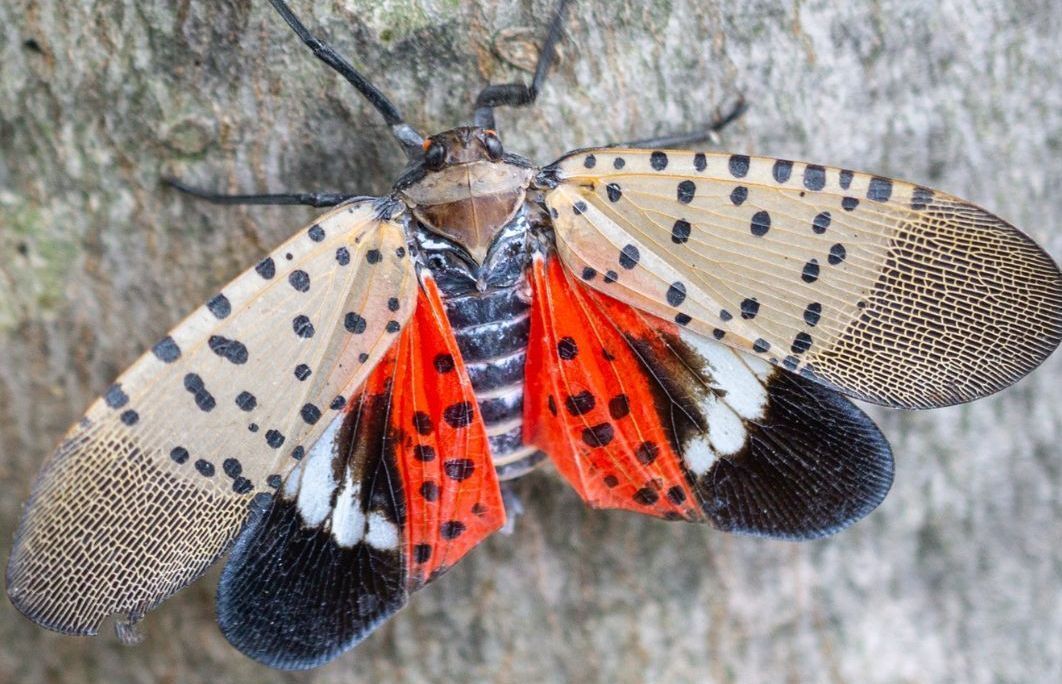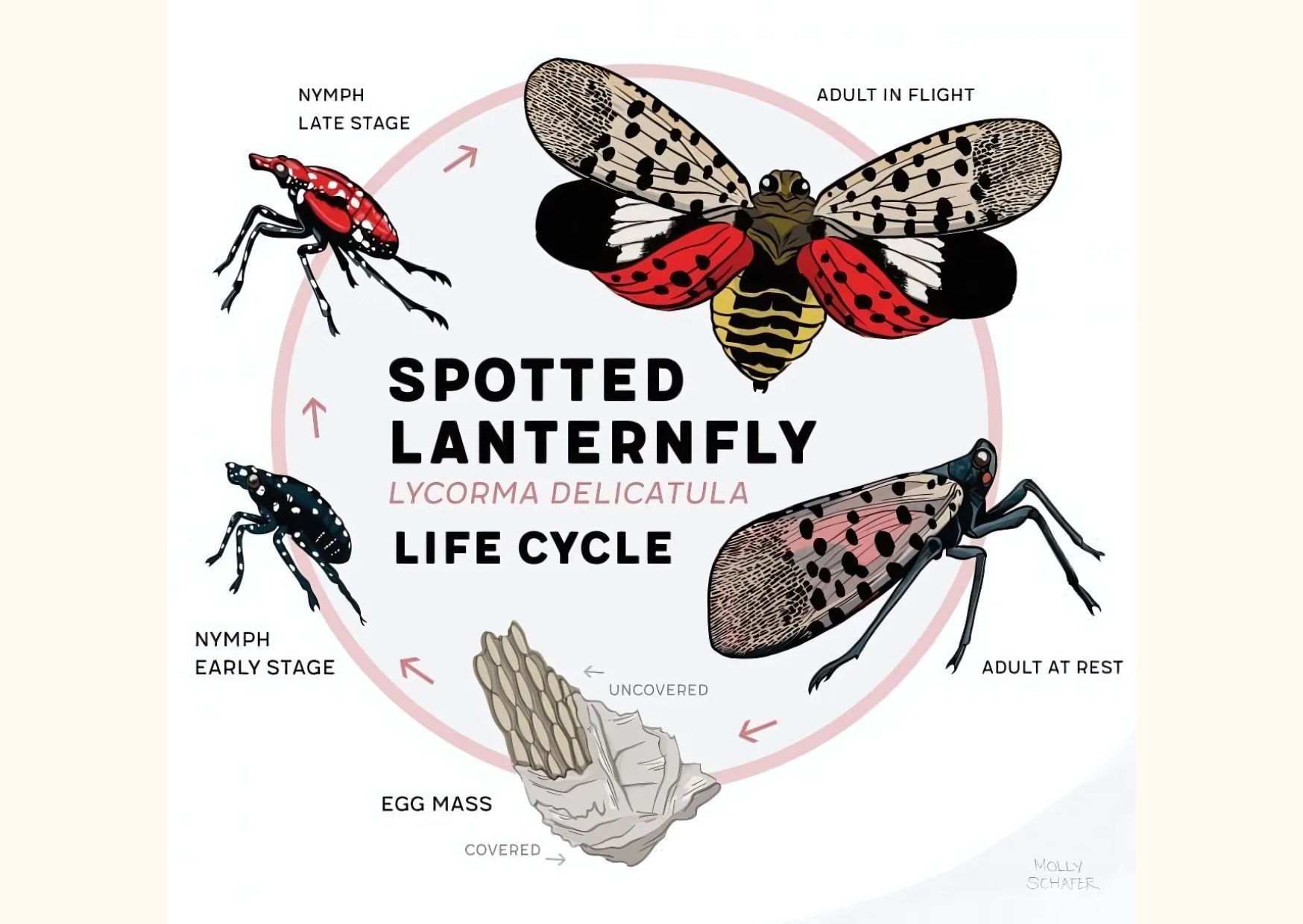The Spotted Lanternfly: A Threat to Our Ecosystems
Spotted Lanternflys are an invasive species with many sightings near Euclid. Here's what you should do if you see one!

The Spotted Lanternfly, a striking insect with its speckled wings and vivid red underwings, may seem harmless, but it poses a significant threat to our ecosystems, agriculture, and quality of life. Originally from Asia, these invasive pests have made their way to various parts of the United States, wreaking havoc on trees, plants, and crops. Understanding how to identify and manage these pests is crucial in protecting our environment and economy.
What is the Spotted Lanternfly?
The Spotted Lanternfly (Lycorma delicatula) is a planthopper that primarily feeds on the sap of plants and trees. It is particularly fond of the "Tree of Heaven," but it doesn't discriminate and will feed on over 70 different plant species, including fruit trees, hardwoods, and ornamentals. This feeding weakens the plants, making them susceptible to disease and other pests, and can lead to significant agricultural damage.
What You Can Do
If you encounter a Spotted Lanternfly, there are several steps you can take to help control their population and protect our environment:
- Squash Them: If you see a Spotted Lanternfly, the simplest action you can take is to squash it on sight. This helps prevent them from reproducing and spreading further.
- Scrape and Destroy Egg Masses in Winter: During the colder months, Spotted Lanternflies lay egg masses that look like gray putty on trees, rocks, and other surfaces. Scrape these egg masses off and destroy them by placing them in a sealed bag with alcohol or hand sanitizer.
- Report Sightings: It's important to report any sighting of Spotted Lanternflies to help track their spread. You can report sightings to the Ohio Department of Natural Resources designated online portal here or contact Euclid’s Urban Forester at jlathwell@cityofeuclid.com or 216-289-8141.
- Remove Tree of Heaven: This tree is a favorite host of the Spotted Lanternfly. Removing it from your property can help reduce their breeding grounds.
By taking these actions and spreading awareness, you can play a vital role in combating this invasive species and safeguarding our environment.

Photo Credit: (Above) Mt. Cuba Center / Molly Schafer mtcubacenter.org





